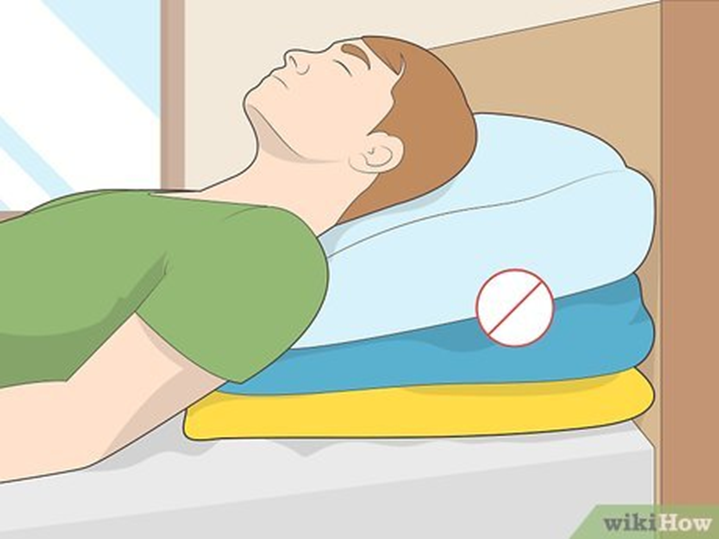Ati lpn fundamentals exam
Ati lpn fundamentals exam ( 39 Questions)
A nurse is caring for a client with pneumonia whose oxygen saturation is 88%. Which of the following actions should the nurse take first?
Initiating humidification therapy can be beneficial for a client with pneumonia. Humidified air can help loosen respiratory secretions, making them easier to expectorate. However, while this intervention is helpful, it is not typically the first action a nurse should take. The priority is to address the client's immediate need for adequate oxygenation and ventilation.
Encouraging the client to cough and perform deep breathing exercises is an essential part of care for patients with pneumonia. These actions help to clear mucus from the lungs and improve ventilation. Deep breathing helps to fully expand the alveoli, which can be compromised in pneumonia, and coughing helps to expel secretions that may be blocking the airways. However, this is not the most immediate action when the oxygen saturation is borderline normal.
Increasing the client's oral fluid intake is important in the management of pneumonia. Adequate hydration thins respiratory secretions, making them easier to clear. It also supports overall bodily functions, which can be taxed during illness. Nonetheless, this intervention is not the most critical initial step in managing a client's immediate respiratory needs.
Raising the head of the bed is the correct and immediate action to take for a client with pneumonia and an oxygen saturation of 88%. This position helps to improve chest expansion, promotes better lung aeration, and facilitates easier breathing. It also reduces the risk of aspiration, which is particularly important in clients with pneumonia. Elevating the head of the bed is a simple yet effective way to enhance oxygenation and should be the first step taken.
Choice A reason: Initiating humidification therapy can be beneficial for a client with pneumonia. Humidified air can help loosen respiratory secretions, making them easier to expectorate. However, while this intervention is helpful, it is not typically the first action a nurse should take. The priority is to address the client's immediate need for adequate oxygenation and ventilation.
Choice B reason: Encouraging the client to cough and perform deep breathing exercises is an essential part of care for patients with pneumonia. These actions help to clear mucus from the lungs and improve ventilation. Deep breathing helps to fully expand the alveoli, which can be compromised in pneumonia, and coughing helps to expel secretions that may be blocking the airways. However, this is not the most immediate action when the oxygen saturation is borderline normal.
Choice C reason: Increasing the client's oral fluid intake is important in the management of pneumonia. Adequate hydration thins respiratory secretions, making them easier to clear. It also supports overall bodily functions, which can be taxed during illness. Nonetheless, this intervention is not the most critical initial step in managing a client's immediate respiratory needs.
Choice D reason: Raising the head of the bed is the correct and immediate action to take for a client with pneumonia and an oxygen saturation of 88%. This position helps to improve chest expansion, promotes better lung aeration, and facilitates easier breathing. It also reduces the risk of aspiration, which is particularly important in clients with pneumonia. Elevating the head of the bed is a simple yet effective way to enhance oxygenation and should be the first step taken.

